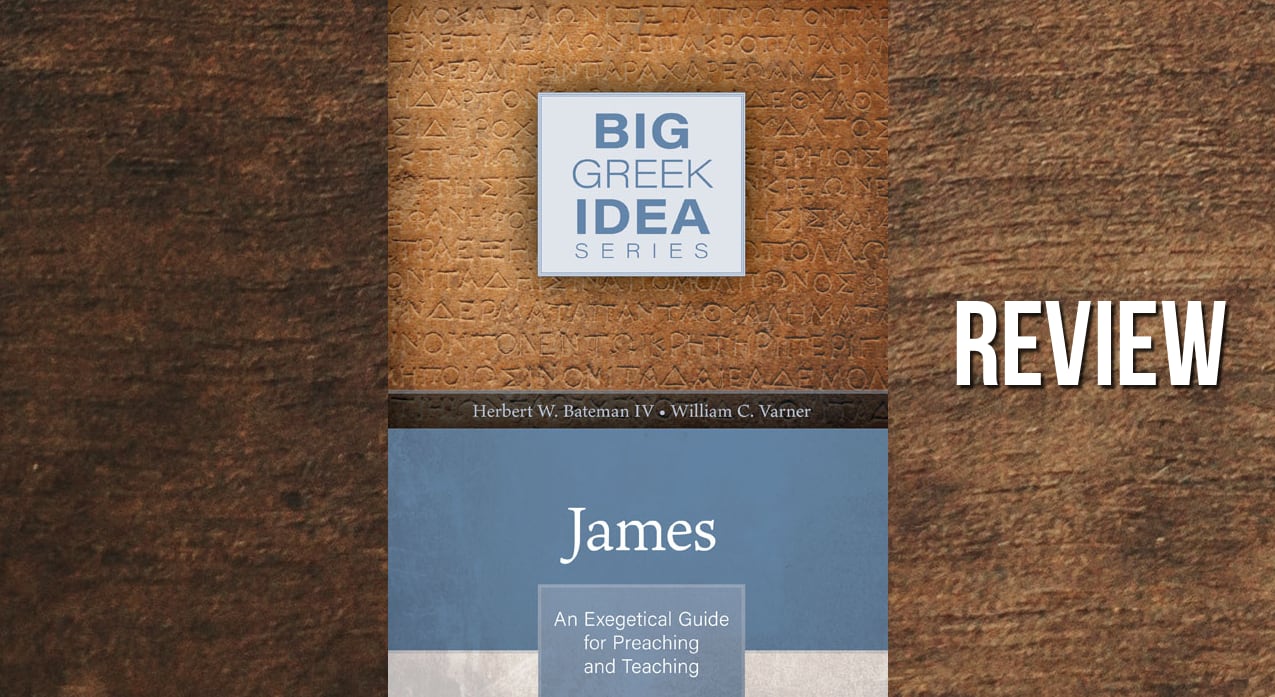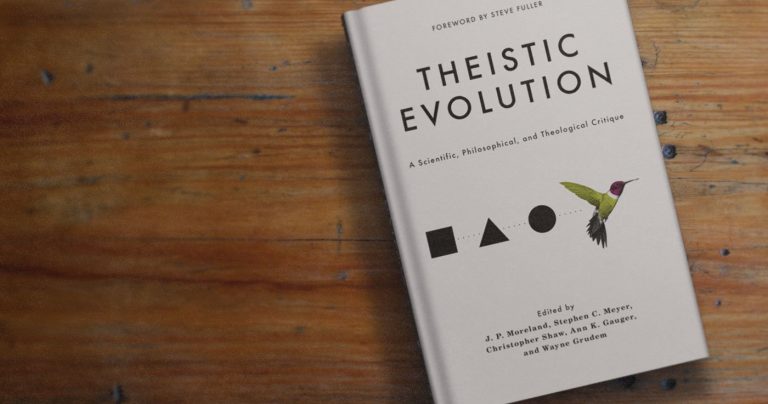Over the past few months I have had the pleasure of looking over James: Big Greek Idea, the first in a new commentary series by Kregel Academic.
I love the premise of this series! It provides a type of commentary that I have not seen before. It takes the benefits of a Greek language commentary (such as the NIGTC), and combines it with bits of an expositional commentary (such as the ProcTrust series), whilst also including details for teachers and language students. This makes the series, in my eyes, something to dip into regularly as I preach through a book. To make the most of this series you will need to understand Greek and the accompanying grammar – but if that is you, it will be immensely useful.
The series authors say that they want to encourage their readers to think hard about the text. To quote them, they want the reader to ask:
• What does the text say… not what I remember about the text?
• What does it mean… not what I want it to mean?
• What do we need to believe… not my theological pet peeves?
• How should we then live for God… not according to my preconceived ideas?
The information that then follows does give the information you need to do those very things. If you are coming to this volume looking for a shortcut, you may be disappointed. It does give suggested sermon outlines, but not much more than that. Instead, as the series author intends, the information you need to really understand the text is given to you.
James: Big Greek Idea does the task it sets out to do admirably. It begins with a ‘Big Greek Idea’. These summarise what the section is about. These could be slimmed down and made more punchy (a rule we follow at college is to try and aim for 11 words!). Most of these are about 44 words long! From here we get a structural summary that uses discourse grammar to connect the verses together. From here there is an outline, before the commentary on the text begins. These introductory sections work really well in helping the reader to see how the passage hangs together.
Throughout the commentary are different ‘nuggets’. These are points that help explain how James has composed his letter – whether that is semantical, theological, grammatical, lexical etc. I found that they were interesting to read, and generally were in line with what I was thinking as I was working on the text (it’s becoming quite rare that a commentary answers questions I actually have!).
I would have liked a ‘Big idea of James’ that covers the whole letter (there is something of that, but not as explicitly stated as the ‘big Greek ideas’ in the other chapters). This would have been helpful in holding together the whole letter, and showing how each section contributes to that. Another section could be added at the start of each section showing how this bit fits into the big picture?
Overall this commentary is a great addition, and one that I will come back to. I look forward to seeing how Kregel Academic continues this series!
Many thanks to Kregel Academic for a free copy of this book to review. Thoughts are entirely my own, and I did not have to provide a positive review!




